Proper Root Formation in Trees
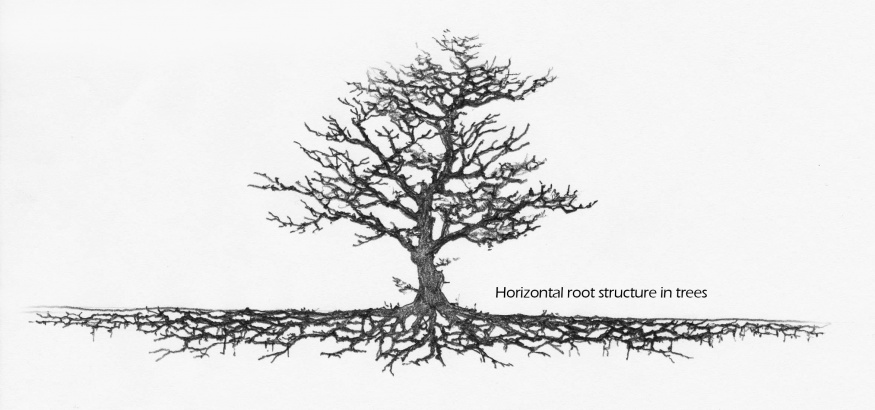
Tree health is just as important underneath the ground as it is above. It turns out there is a proper way tree roots are meant to grow and interferance with this structure can have a dramatic effect on the growth rate and vigor of trees.
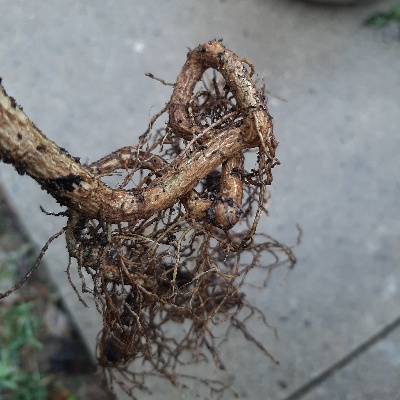
This winter, Jason Henry from Vineland research visited Niagara College to talk about experiments they've been conducting regarding proper tree root formation in the seedling stage. When asked by a client "what pots would you recommend to use for tree propagation" they couldn't suggest any particular brand. This sparked curiosity which led to research and eventually the creation of their own product.
In nature, tree seedlings often send out a tap root. This is a thick root that protrudes downward to anchor the tree in the ground and establish stability quickly. Once they are anchored, the tap root stops growing and the tree begins to progressively send roots out horizontally. Horizontal roots can span very far distances, usually 2-3 times the diameter of the tree's crown. Roots spread out radially away from the trunk to gather nutrients and oxygen from the soil just above the surface.

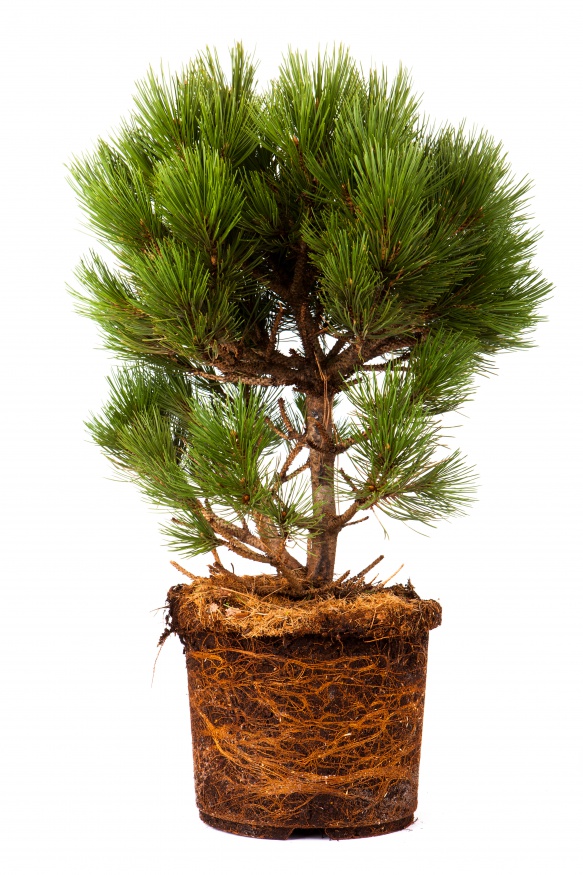
It's difficult to know or plan for when this will happen and transplanting will not correct issues of pot-bound roots after they've already been shaped. Jason explained the different types of pot-bound root problems he encountered throughout his research:
- circling
- "J"
- decending
- ascending
Circling happens when horizontal roots reach pot edges and wind around in circles. This is the most common problem in potted plants. Some pots have angular shapes, creating grooves vertically along the sides of the pot to prevent this circling habit. However, roots can still direct upward or downward, creating "ascending or "depending" roots. "J" roots primarily happen when downward growing tap roots turn upwards once unable to penetrate the base of the pot.
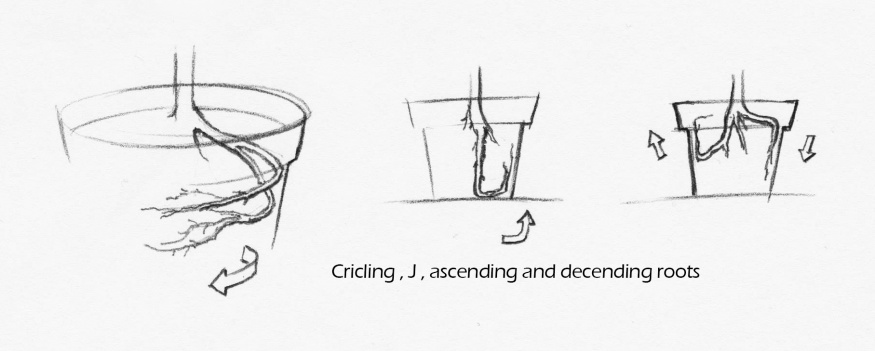
Air pruning is one method many companies are using to deal with these types of problems. When roots reach open air, they stop growing, tips die and fine feeder roots branch off. This is a good thing since fine roots are responsible for gathering air and nutrients. As a result, air pruning not only prevents root stems from directing along pot edges, but it encourages the production a dense, fibrous root system.
Some of the air pruning pots used during the project at Vineland Research had vertical or horizontal slits on pot edges. Although there was some effectiveness in this approach, Jason explained roots still tended to avoid the air openings and follow the lines of plastic along pot edges horizontally or vertically when available.
This led to experimentations with Ellepots. These are sustainable, decomposable paper cylinders filled with growing media. All edges of these pots have enough air exposure to prune any roots coming in contact with them. The problem was finding a tray to hold the Ellepots. Many had bracing structures which still allowed some roots to follow them in the pattern they formed, preventing those roots from being pruned. It was an improvement but not a perfect solution.
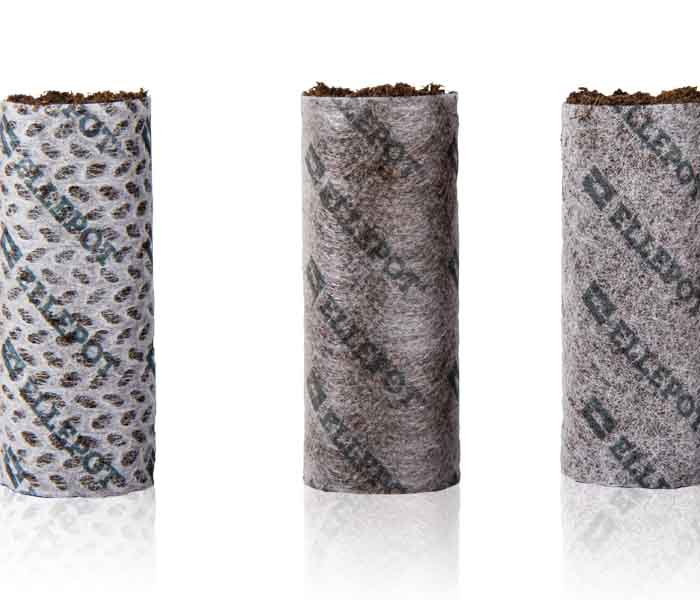
After much effort, they concluded they needed to construct their own solution to the problem. The Rootsmart system was born. and I was fortunate enough to see their first greenhouse conference showcase in 2018.
On display were young, field-grown trees with both good and bad root structure. Trees with good structure were much larger and healthier than ones with poor structure of the same maturity. Benefits of trees started in Rootsmart pots were evident when trees were planted in the field. Even, radial, feeder, and horizontal root growth enable young trees to gather more air and nutrients.
On the opposite end, trees with poor, pot-bound roots formed in pots during propagation stages were not able to correct themselves once planted in the field. They were stuck with the tangled mess they were started with.
Studies have shown early root growth will determine root structure on full sized trees. Due to proper root establishment in early stages of life, Rootsmart trees will be larger, healthier and more stable when grown to their full maturity.
What does the Rootsmart system look like? Propagation trays are 14.72” by 14.72” in length and width. Each tray is be filled with Ellepots. The Ellepots are only suspended at the very top and minimally at the bottom, preventing plastic surface area for roots to follow. All trays are high quality and stackable, allowing for easy shipping and good usage of space.
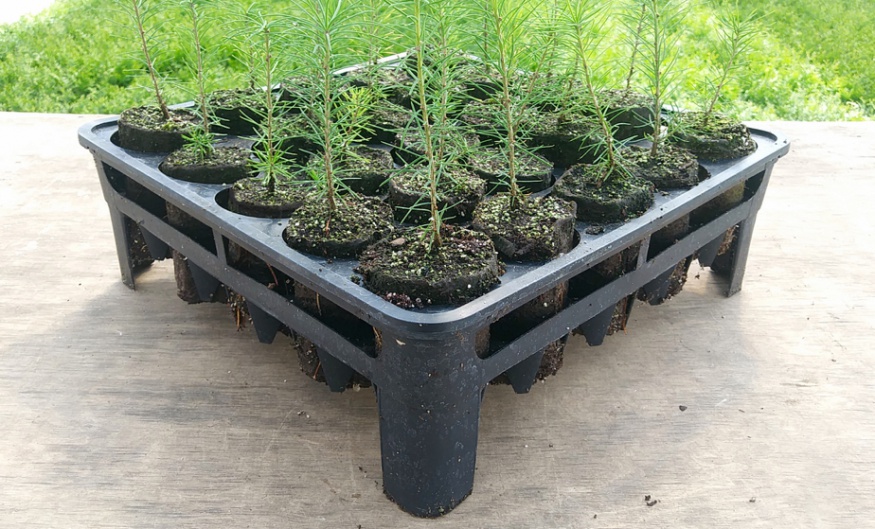
What about when seedlings need to be transplanted to larger pots? Though Vineland is still conducting research on this topic, there are some promising solutions currently on market.
A company called Rootmaker® has some innovative systems for large pot and pot-in-pot transplanting. Their Whitcomb pots have a spiked shape that funnel roots into open ends where they are air pruned. This way they are still able to promote good root formation despite the plastic content large pots need to stay structurally sound.
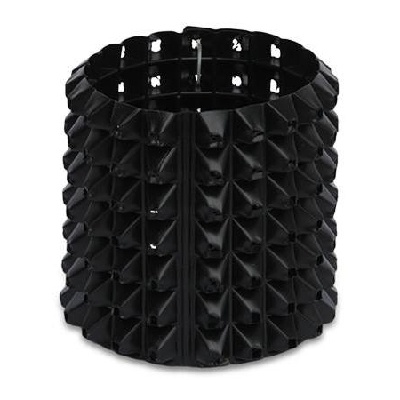
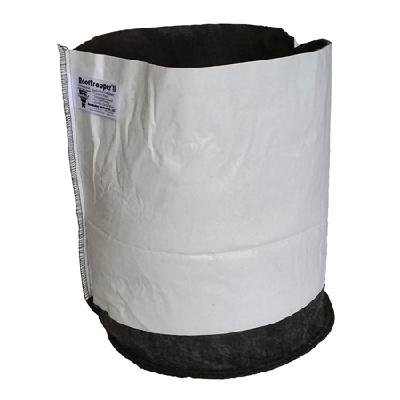
Rootmaker's RootTrapper® pot-in-pot inserts can actually prune roots while they are in the ground. The insert edges are made of a material that prunes them on contace. As a bonus feature, the bottom material allows some roots to gather nutrients from the earth while disallowing them to grow too large for plucking them out of the ground.
With the understanding of proper root structure, propagation techniques for trees have come a long way. Trees roots can still form good structure while benefiting from the space and convenience pots offer. I'm excited to try some of these products on my own tree seedlings and see the difference they can make!
References:
Ellepot. Value Adding Ellepots for Every Crop Type. Retrieved from https://www.ellepot.com/crop-types-segments/other-crop-types/
RootMaker. The RootMaker System. Retrieved from https://rootmaker.com/rootmaker-system
Rootsmart. Frequently Asked Questions. Retrieved from https://www.rootsmart.com/faq